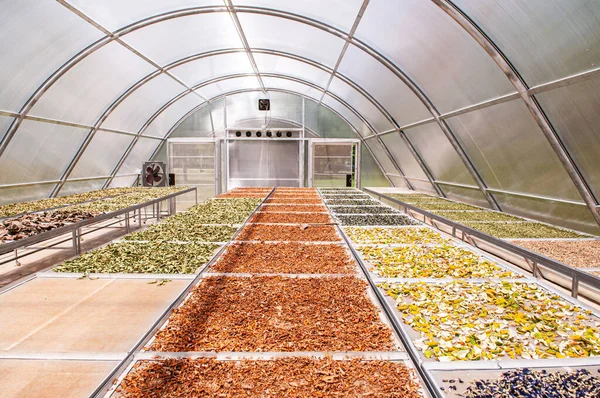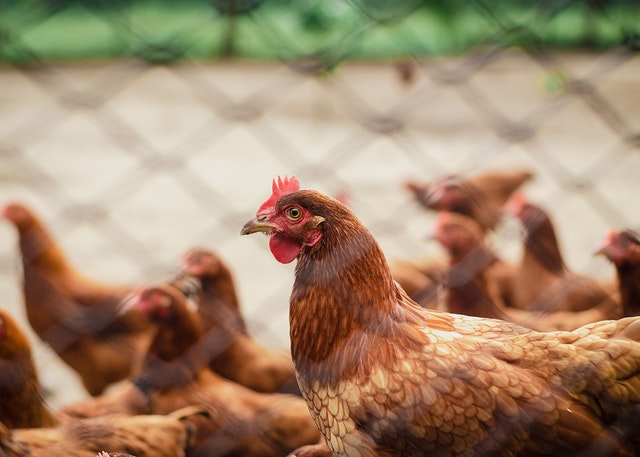Are you looking to invest in a money making flower farm in Kenya? This free guide gives you 7 simple steps to ornamental flower farming in Kenya for export. The steps are; conducting a market research, developing a business plan, secure financing, acquire land and equipment, hire skilled labour, obtain necessary licenses and permits, implement good agricultural practices, and finally establish and execute a winning marketing strategy.
Flower farming in Kenya is the most profitable agribusiness idea for local and international entrepreneurs. In 2021, floriculture earned flower farmers and exporters an income of KSh110 billion (USD 809 million). As the lead exporter of rose cut flowers to the European Union (EU), Kenya has a market share of 38%. A well-managed flower farm can make you millions of money every year.
We will explore all these steps in detail. But before then, learn the top reasons why Kenya is the best place to set up a flower farm.
Is flower farming profitable in Kenya?
In 2021, floriculture earned flower farmers and exporters an income of KSh110 billion (USD 809 million). Kenya’s favourable climate, skilled labour, access to markets, competitive advantage, and significant growth make it a good place to grow cut flowers for export. Here are the factors that make flower farming in Kenya Profitable.
- Favourable climate: Kenya has an ideal climate for flower farming, with abundant sunshine and consistent rainfall throughout the year. The country’s high-altitude areas also provide a cool climate for flower production.
- Skilled labour: Kenya’s flower industry has over 200,000 people experienced in all aspects of flower farming and management.
- Access to markets: Kenya’s strategic location and excellent transport connections to Europe, the largest market for cut flowers, make it cheap to export your blooms. Nairobi’s JKIA airport even has a dedicated terminal for flower transport, ensuring your flowers reach global destinations with ease.
- Competitive advantage: Kenya holds a significant competitive advantage in the cut flower sector, securing its position as the leading supplier to the European Union (EU), capturing nearly 40% of the market share.
- Diversity: There are many flowers grown in Kenya for export such as roses, carnations, alstroemeria, lilies, Eryngiums, Arabicum, hypericum, statice, gypsophila and chrysanthemums. Besides, other crops such as snow peas, avocados, and passion fruits are also highly profitable horticulture crops grown in Kenya
How to start a flower farm in 7 simple steps
Having seen Kenya is a good place to start and run your flower farm, here are the seven steps of how to do it. The first two are more of the pre-farming or planning stage. It involves you researching, planning and securing a farm.
In the second phase, you implement the business plan prepared in phase one. You have to choose flowers, grow, process and sell them at a profit. Here are the steps in detail.
Research and Planning
The outputs for this step will be a flower farming feasibility study report, a flower farm business plan and an investment of the Flower farming financial plan.
Before diving into flower farming, conduct thorough market research. It will help you to familiarise yourself with the following information about flower growing and marketing.
- Identify the most profitable flower types in Kenya to grow and export.
- Assess the market demand in local and international markets
- Estimate the local supply of cut flowers in Kenya
- Identify the level of competition in flower farming and export
- Choose the right network of suppliers and service providers such as transporters, input suppliers, government agencies such as HCD and trade associations such as the FPEAK.
The second step is to develop a comprehensive business plan that will outline your goals, target market, marketing strategies, and financial projections on production costs, and expected returns. This will serve as a roadmap for your flower farming journey.
Armed with a business plan, it’s your time to plan for financing. Starting a flower farm requires significant capital investment. You can Seek financing from banks, investors, or government programs. Besides, draw budgets, production targets and sales projections.
Location and Land Preparation
Selecting the right location is pivotal for successful flower farming. Choose a location with the right climate, soil, and water availability. The farm should be located near major transport routes to facilitate the export of flowers.
Look for areas with ample sunlight, and access to a reliable water source for irrigation. Ensure that the land elevation is well-drained and has fertile soil. Conduct a soil test to assess its pH levels and nutrient content.
Prepare the land by clearing any vegetation, tilling the soil, and incorporating organic matter or fertilizers as needed.
It’s also good to obtain all the necessary licenses, certificates and permits from the national and county or local government agencies at this step. These may include a certificate of incorporation, Tax or KRA certificates and registration with other statutory bodies such as NSSF and NHIF.
Choosing Flower Varieties
This is the last step in pre-production planning. It will involve choosing the right flower varieties for your farm.
Popular flower options in Kenya include roses, lilies, carnations, and sunflowers. Consider factors such as flower quality, vase life, and the potential market value of each variety when making your selection.
In determining the right flower varieties to cultivate, Focus on the following factors
- Market demand, Ensure that the flowers you grow will sell based on past and current market trends. You can also focus on a certain gap or niche.
- Adaptability to your location, choose flower varieties that are well-suited to your location’s soil type, climate, and water availability.
- Profitability, Choose flowers that have the largest market value given factors such as production costs, labor and transportation.
- Flower qualities such as flower size, colour, and fragrance, as well as their vase life and resistance to pests and diseases, will influence the flowers that you grow.
- potential market value, research the potential market value of different flower varieties and the factors such as supply and demand, seasonality, and consumer preferences that influence prices.
Popular flower options in Kenya include roses, lilies, carnations, and sunflowers. Consider factors such as flower quality, vase life, and the potential market value of each variety when making your selection.
It’s also good to Hire skilled labour at this stage to establish and manage your farm.
Infrastructure Development
This is the first step in executing your business plan. You will start by Purchasing or leasing land suitable for flower farming if you have not done it. Then, invest in equipment such as greenhouses, irrigation systems, and farm machinery.
Establishing the necessary infrastructure is vital for efficient flower farming. Constructing greenhouses will provide controlled environments, protect the flowers from harsh weather conditions, and optimize growth and yield. Other operations are to Ensure proper ventilation, irrigation systems and shading mechanisms are in place to maintain optimal growing conditions.
A packhouse is also a key investment for handling flowers on your farm. It will allow for processing, storage and transport of flowers under shade.
It is also good to Hire both skilled and unskilled labour at this stage to manage the farm operations for this current stage and future plans like planting, harvesting, and packaging.
Source Inputs and Seeds or Seedlings
It is important to invest in high-quality inputs to ensure that the flowers are of high quality and meet international standards. Source them from partners identified in your market research. The Key inputs to the source are;
- High-quality seeds or seedlings from reputable suppliers or nurseries. Take into account the specific requirements of each flower variety in terms of planting methods, spacing, and care.
- Hire labour to manage the farm operations, As part of procurement, make sure you get both skilled and unskilled workers needed in planting, harvesting, and packaging operations.
- Fertilizers and pesticides, Choose fertilizers and pesticides that are suitable for the flowers you want to grow and follow the recommended application rates.
- Transportation: Invest in reliable or frozen transportation to ensure that the flowers reach their destination in good condition. Packaging branded materials are sourced at this time.
Cultivation and Crop Management
It is now time to follow recommended practices for seed treatment, germination, and transplanting to give your flowers the best quality.
Implement proper cultivation practices to promote healthy and vigorous flower growth. This includes regular watering, timely application of fertilizers, weed control, and integrated pest management. Pay attention to disease prevention and control measures to safeguard your flower crops.
Harvesting and Marketing
Timing is crucial when it comes to harvesting flowers for maximum freshness and quality. Learn the appropriate stage of maturity for each flower variety and use proper harvesting techniques. Develop effective marketing strategies to reach potential buyers, such as florists, flower shops, event planners, and exporters. Establish relationships with wholesalers or consider direct-to-consumer sales through farmer’s markets or online platforms.
Being a registered member of the Fresh Produce Exporters Association of Kenya (FPEAK) is a smart marketing move. The association provides its members with advocacy, market intelligence, capacity building, quality assurance, and networking services, helping them to thrive in the global market.
Conclusion
Starting a flower farm in Kenya can be a fulfilling and profitable endeavour. By following these comprehensive steps, conducting diligent research, and continuously learning and adapting to market trends, you can establish a successful flower farming business.



